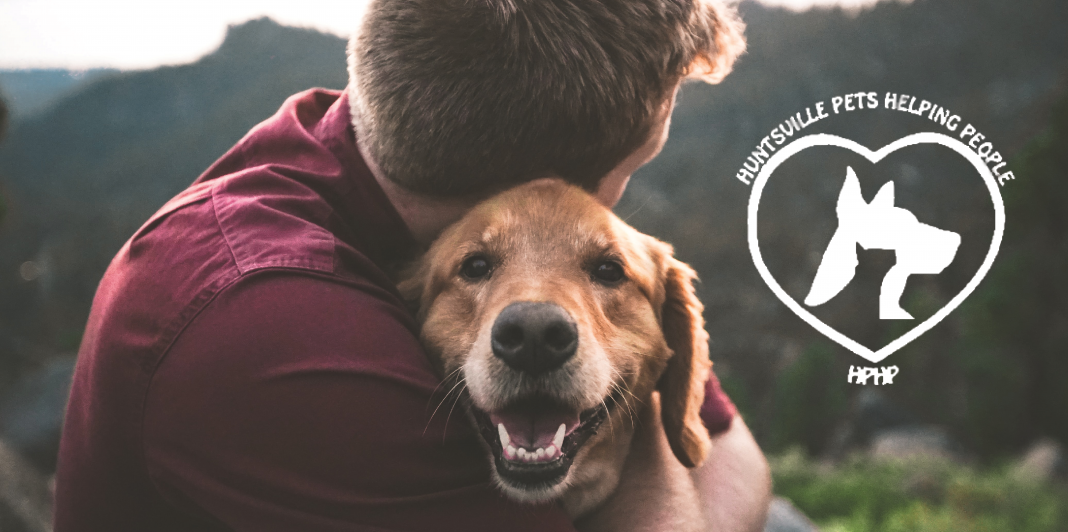Have you ever seen a dog and wondered what breed it was? Some dogs have a strong breed resemblance and can be easily recognized such as a Labrador Retriever or a Beagle. But other individuals do not readily display specific breed characteristics. For example, I went online to a pet adoption site and checked the listings for Australian Cattle Dogs also known as Blue Heelers. Some of the dogs were definitely heelers based on their size, shape of the ears and body, coat color and texture, etc. There were some individuals who had some heeler characteristics but not everything matched breed standards so they are likely heeler mixed breeds. Then, there were dogs that did not look heeler at all. They were labeled as heelers based on someone’s wild guess. For hundreds of years, the only way to know for sure the breed of a specific dog was to obtain the animal from the breeder who could verify the parentage of the puppies. Today technology offers another option. Genetic testing has come to the doggie world.
There are several companies that offer pet genetic testing. The largest are Embark and Wisdom Panel. Both companies offer two levels of testing. The lower level test will address breed identification/pet ancestry. The more detailed higher level test includes breed identification plus some information based on genetic predisposition to health conditions. Tests are ordered on-line and they usually arrive in less than two weeks. Taking sample DNA from your dog is easy. One company sends swabs that are used to collect salvia from the dog. The soggy swabs are put in a sealed tube that has a preservative liquid inside. The other company’s collection kit includes two tiny brushes that are used to collect cells from the dog’s cheek. Both companies provide postage paid packaging for returning the sample to the laboratory for analysis. Then, in three to five weeks, the test results will be e-mailed to you.
Based on information that I knew and research, my dog Roxie is a Chihuahua-Jack Russell terrier mix. I mailed her DNA samples to two companies. The only information that I provided about Roxie was her name and age. Company A’s results arrived first with company B’s response a week later. There were a lot of similarities, a big surprise, and some significant differences. The results showed:
| Company A | Company B | Roxie’s Breed Makeup |
| 32 % | 33.8% | Chihuahua |
| 27 % | 29.9 % | Pembroke Welsh Corgi |
| 19 % | 20.1 % | Yorkshire Terrier |
| 6 % | —– | Parson Russell Terrier |
| 6 % | See below | Biewer Terrier |
| 3 % | —– | Australian Koolie |
| 2 % | —– | Rat Terrier |
| 2 % | —– | Scottish Deer Hound |
| 1 % | —– | Russell Terrier |
| 1 % | —– | German Shorthair Pointer |
| 1 % | —– | Miniature American Shepherd |
| 16.2 % | Super mutt – possible breeds include: Australian Terrier Biewer Terrier Staffordshire Bull Terrier |
The minor percentage differences for Chihuahua, Corgi, and Yorkie were expected. However, the fact that Pembroke Welsh Corgi appeared at all was a big surprise. A pure bred Pembroke Welsh Corgi lives with us. I do not see one bit of Corgi in Roxie’s physical appearance or behaviors so all I can say is that she hides it well.
The two companies agreed on about eighty percent of Roxie’s genetic makeup. The other twenty percent that does not match is really interesting and a bit strange. I liked that company A provided a complete breakdown whereas company B lumped everything together in a terrier group. Honestly, I do not see any physical traits or behaviors in Roxie that would point to Scottish Deer Hound, Miniature American Shepherd, German Shorthair Pointer, or Staffordshire Bull Terrier ancestry. When I saw those breeds listed, I wondered if they had used another dog’s DNA sample. I definitely see Parsons Russell and (Jack) Russell terrier in Roxie’s appearance and bouncy personality so I was surprised that those breeds were not identified by company B.
In addition to breed information, each company provided other supporting information. Both companies indicated that Roxie has white spotting or piebald coloring. In the science world, white spotting has a different definition that what we might think of in every day usage. For example, a Dalmatian is a colored (black) dog with white spotting, not a white dog with black spots. Who knew? As her picture shows, Roxie’s coat is white with subtle black spots. Another point of agreement is that it was likely that Roxie has furnishings. Furnishings refers to a dog who has a mustache, beard, or bushy eyebrows. Roxie is working on a Fu Manchu mustache so that fits. The tests were in agreement that her fur length is short to medium and curly or wavy. Roxie has a medium length wavy coat. An additional point of agreement is that Roxie is not predisposed to any significant health issues.
Company B provided a couple more points of information that were not addressed by Company A. First, Company B indicated it is likely that Roxie is a light shedder with possible heavy seasonal shedding. Actuality, Roxie is a light shedder with no heavy seasonal shedding. For the second point, Company B predicted that Roxie’s adult weight would be eleven pounds. That was spot on. According to her veterinarian, Roxie’s idea weight is eleven pounds.
Receiving Roxie’s DNA results has been interesting and fun. Genetic science continues to evolve as does interpretation of the genetic results. Good progress has been made in identifying dog ancestry but the process still has a way to go to narrow the disparities in interpretation between the different tests. If satisfying curiosity about your dog’s ancestry is your goal, pet DNA testing may be for you.















